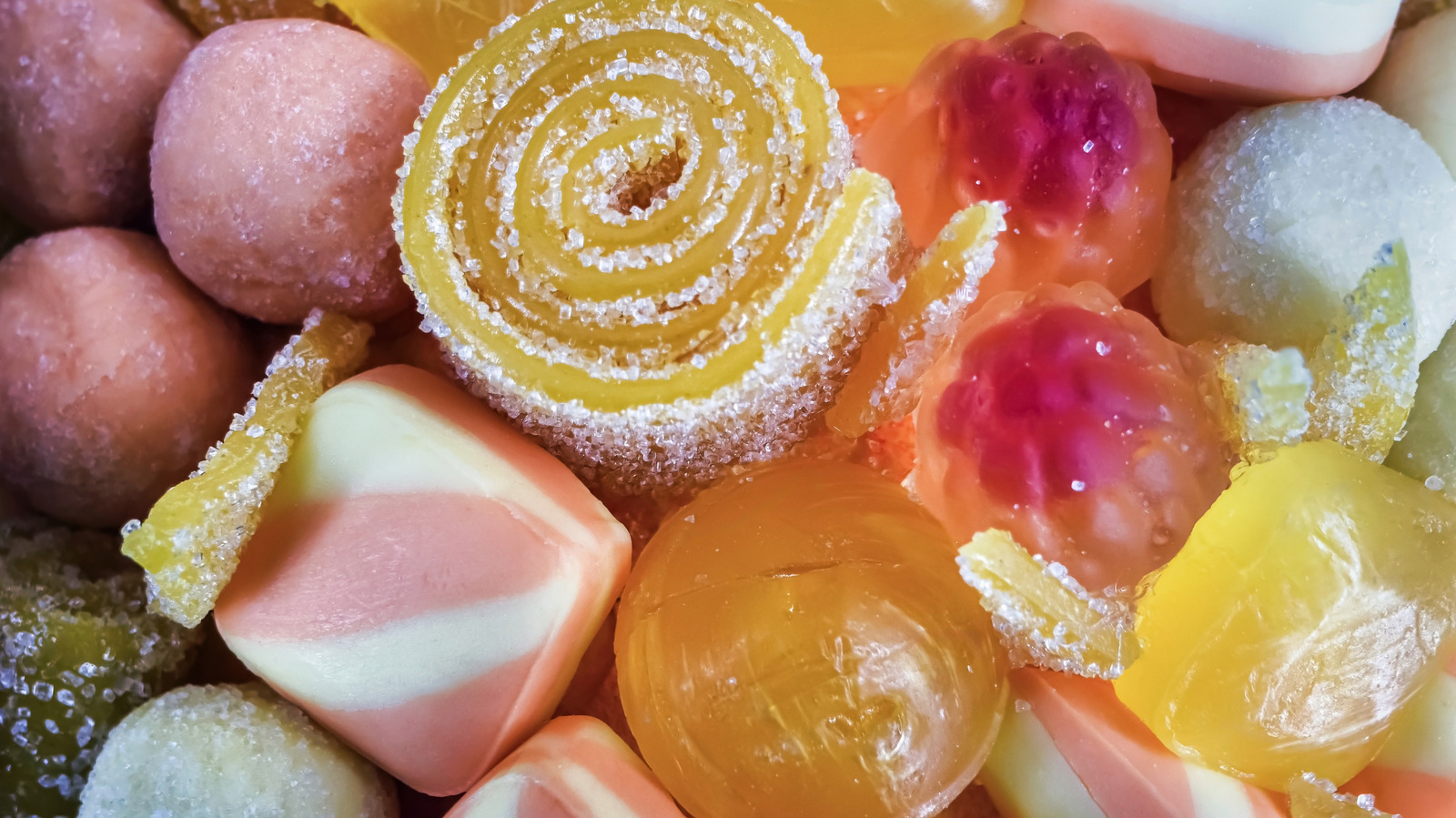
"Some people may prefer sweet candy, but others want to get their taste buds sizzling with sour confections. If you've ever wondered how sour candy is made, those tart little bonbons that make your lips pucker and eyes water are created using certain acidic compounds that change the candy's flavor. Citric and malic acids are two examples of biting agents that can be added to your fruit-flavored candy mixture to sharpen the taste when making them at home. When whipping"
"While sugar is the main ingredient when it comes to jawbreaking confits, these acidic agents will intensify the flavor profiles and wow those with a sweet tooth. The additives play an important role in how people recognize certain tastes, which is why, scientifically, sour candy makes one salivate. Our mouths detect five basic flavors: sweet, salty, sour, bitter, and savory. Because of this, the acids added to the candy can explode in our mouths and tickle the sour taste bud"
Sour candy attains its tart flavor by incorporating acidic compounds such as citric and malic acids into sugar-based mixtures, which sharpen and intensify fruit flavors. Small amounts of powdered acids mixed into the sugar transform simple confections into bold, complex treats. Acidic additives activate sour taste receptors and stimulate salivation by interacting with the five basic taste sensations. Common acids include citric (from citrus), malic (from apples), tartaric (from grapes), and lactic (from fermented dairy), each contributing distinct flavor notes and also affecting candy texture and mouthfeel.
Read at Tasting Table
Unable to calculate read time
Collection
[
|
...
]